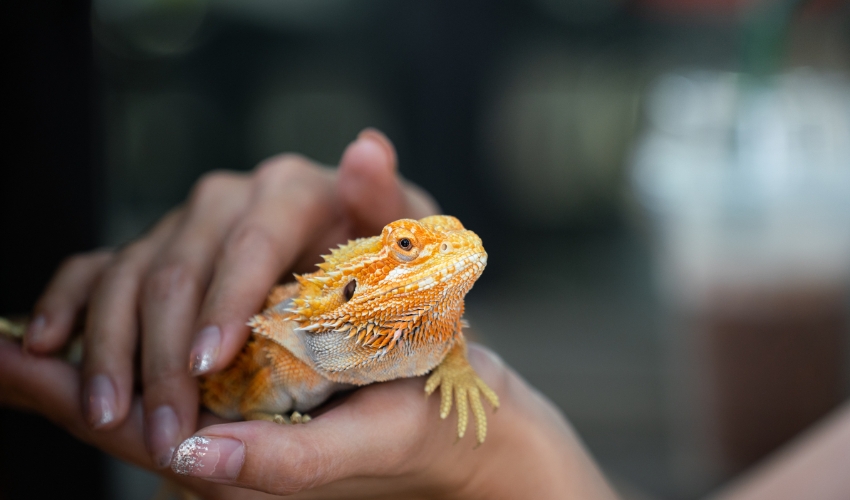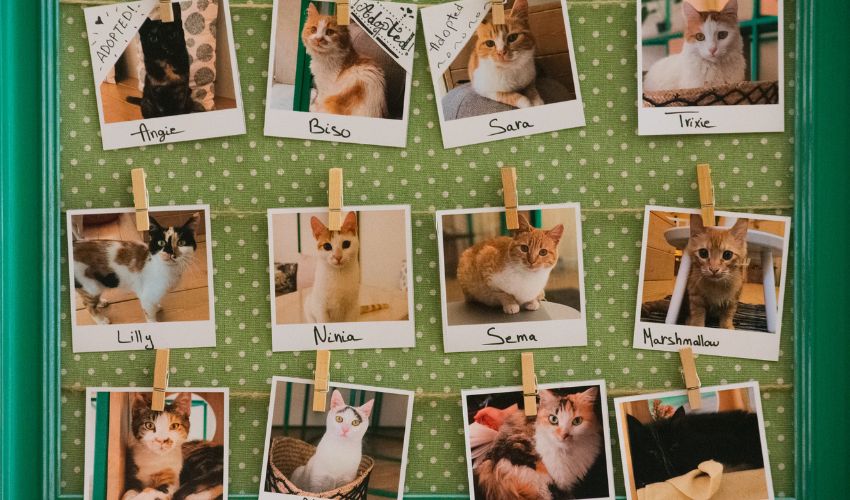August 14 is World Lizard Day, a celebration dedicated to raising awareness about these fascinating reptiles and the roles they play in both natural ecosystems and our homes. Whether you encounter one basking on a rock in the wild or relaxing under a heat lamp in a terrarium, it’s important to understand that their needs and behaviors are very different depending on where they live.
Lizards in the wild are perfectly adapted to their natural environments. They enjoy natural sunlight for warmth and UVB exposure, diverse diets that change with the seasons, and freedom to roam, climb, dig, or hide as they please.

In their ecosystems, lizards are vital for maintaining balance. They keep insect populations in check, serve as food for larger predators, and help maintain biodiversity.
Wild lizards also follow natural behavioral rhythms—basking in the morning, hunting at peak hours, and finding shelter during extreme weather. These behaviors are hard to replicate in captivity, even with the best care.
Pet lizards, on the other hand, rely completely on their owners to survive. Every element of their habitat—temperature, humidity, lighting, diet, and enrichment—must be managed to closely match their species’ natural conditions.

Creating a proper lizard habitat at home takes more than just a tank and a heat lamp. Owners must research their lizards’ needs, set up temperature gradients, provide UVB lighting, choose safe substrates, and offer hiding spots and climbing branches for stimulation.
Diet in captivity must be carefully planned. While wild lizards eat whatever they can find—ranging from insects to fruits—pet lizards need a consistent, species-appropriate diet supplemented with vitamins and minerals to prevent illness.
Without proper care, pet lizards are at risk for metabolic bone disease, dehydration, respiratory infections, and stress-related conditions. Many of these health problems are avoidable through education and responsible ownership.
It’s important to note that not all lizards are suitable pets. Some species require large enclosures, specialized heating, and live prey, making them challenging for beginners.
Reptile rescues often receive surrendered lizards from owners who underestimated the commitment required. These organizations work tirelessly to provide medical care, rehabilitation, and rehoming for reptiles in need.

Conservation is another crucial factor. Many wild lizard populations face threats from habitat loss, climate change, and illegal wildlife trade. Supporting rescue and conservation programs can help protect both wild and captive populations.
Whether in their native habitats or in a carefully managed home enclosure, lizards deserve respect, proper care, and understanding. This World Lizard Day, take a moment to learn about these incredible reptiles and how you can contribute to their welfare.
Want to make a real difference for animals, including reptiles? Sign up as a volunteer with Doobert today and connect with rescues and shelters that need your skills to help lizards and other animals live healthier, happier lives.











